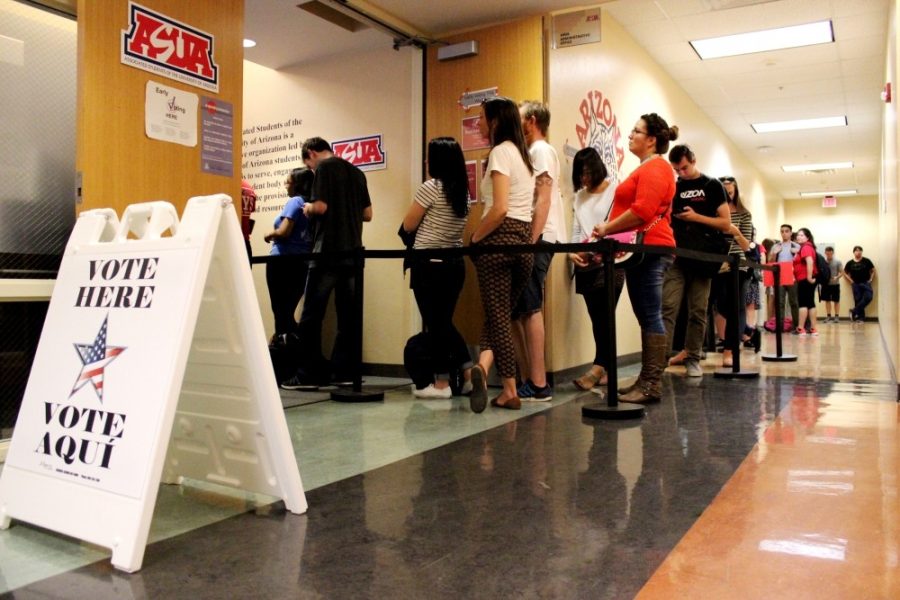With the 2018 elections just a year away and President Donald Trump polling at only 40 percent nationwide, Democrats smell blood in the water and are confident and ready to retake the house for the first time in eight years. But if Democrats are hoping for an easy win, they may be shocked come November 2018. While Republicans may be hitting heavy turbulence, they are far from out of this battle.
Midterm elections are always some of the most hairy votes an incumbent will ever experience, with the blow-back not only from resurgent political enemies but also from voters freshly disappointed once the realities of governance slip past the rhetoric of campaign spin teams. Anger against a sitting president rubs off on their entire party, with Democrats suffering equally for the perceived failures of Bill Clinton back during the 1994 Republican Revolution, losing 54 seats and the House of Representatives for the first time in 40 years. Even in the face of political disagreement, the president is still seen by most Americans as the face of his party, and many blame one for the failure of the other.
RELATED: Reality of American healthcare
Even if Trump would be polling at around 50 percent come election day, the average midterm election still sees the governing party lose on average 14 seats, which may come as a consolation to Republicans as they would still lead House Democrats by 11 seats in this scenario. But once the polling numbers of the incumbent drop below 50 percent, as in the case of President Trump, the average jumps up to 36 seats, putting the House well into contention for Democrats.
Given the average depressing effects of the midterm election on any incumbent and the unpopular national figure Trump is cutting right now, it would be impossible to blame Democrats for licking their lips. But their hubris may be their undoing, as looking beyond national polling and statistical averages reveals a much more contentious picture than either side wants to admit.
Even with the standard effects of an unpopular incumbent added to the outcome of a midterm election, standard polling that puts Democrats over the 218 seat majority they’re fighting for doesn’t put them much above it, leaving them in need of victory in every election they are running this season, with little room for error. Even the enthusiastic Huffington Post, who idealistically puts Democrats at experiencing a “27-seat gain” would still leave them with only a majority of three seats.
Furthermore, this is entirely banking on Trump having an approval rating as low or lower on election day than he does today, which is playing with a hypothetical that can’t be predicted accurately under normal circumstances. And Trump’s presidency has revealed itself to be anything but normal.
Looking closer at state-by-state polling, Republicans look vulnerable but not defeated.
RELATED: What if Arizona doesn’t want to turn blue?
In addition to needing to pick up seats in the House, Democrats are also defending 25 seats in the Senate, which could distract the notoriously fickle party leadership who have long since abandoned the 50 State Strategy pushed by Howard Dean to make moderate Democrats competitive in states that often go conservative. If the party leadership was forced to choose between an Alabama congressional seat and securing a Florida Senate race, the decision for them would be easy.
This desire to spend their limited resources on more certain ventures can be seen in the Washington Examiner’s piece on the 2018 Democratic game plan, focusing on the failure of the 2017 special election of liberal Doug Jones against Republican Roy Moore. It wrote, “Senate Democrats are nevertheless reluctant to spend money in Alabama given all the defense they are placing elsewhere.”
But the biggest nightmare will be seen in the Senate, where eight of the seats Democrats are hoping to flip rest in states unswayed by the nationwide drop in Trump’s approval, namely Missouri, Montana and West Virginia. Democrats hoping to secure a win in both the House and Senate are looking at an uphill battle of expensive campaigning, state-by-state campaigning and the problem of Trump’s unpopularity not being as consistent as they would hope.
So where do we stand? Democrats are significantly more confident today about 2018 than when they were campaigning four years ago, but they felt confident about 2016, too, and have been in the wilderness since Trump won the White House. While their chances look good, Nov. 6 is a year away, and anything can happen between now and then. Democrats will do well to remember their rival has fight in them yet, and Republicans have to focus on staying united as election day draws near.
— Alec Scott is a sophomore studying political science who volunteered in the 2014 Ron Barber congressional campaign
Follow The Daily Wildcat on Twitter









